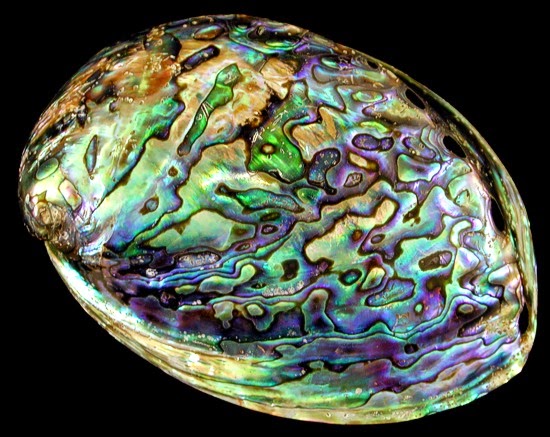Antarctic clam genes - What can they tell us about shell deposition??
Week one of my PhD and I’ve decided to start blogging...
Seems like a good idea, right?
This week I’ve reviewed a key paper in my field (written by my supervisor) which is really the background to my project:
The data produced by Clark et al. (2010) provides an
important mollusc contribution to the molecular database which will allow for
future comparative work, and also identifies new genes which may be involved
in biomineralisation. Whilst the described
paper clearly provides a valuable contribution to the literature, an understanding
of the finer details of the calcification pathway is a long way off. We still
have no real clue on HOW molluscs build their shells. Future work should aim to
characterise the function of the described biomineralisation genes using both
hypothesis-driven experiments (knocking-out genes and measuring the effect) and
fishing based methods (more sequencing). Also, methods such as in-situ and
real-time gene expression analysis could be used to assess the spatial
distribution of genes within the mantle. The genomic revolution may be here,
but it represents very little without meaningful interpretation and future
experimentation by “big picture”thinking biologists.
This week I’ve reviewed a key paper in my field (written by my supervisor) which is really the background to my project:
The genomic revolution is upon us. Scientists are beginning
to unravel the mysteries of the genetic code and to understand what molecular
tools can teach us about biology. One area using such tools is the study of
molluscan biomineralisation; the process of secreting minerals onto an organic
matrix to produce a hardened calcified structure – a shell. A deeper, mechanistic understanding of the
calcification pathway will facilitate accurate predictions on the affects of
climate change, and specifically, ocean acidification. Material scientists and
biotechnicians are also interested in biominerlisation due to the desirable
properties of shell (high strength) and the prospect of engineering valuable
pearls without the need for a live animal. One problem holding back the progress
of the field is a lack mollusc data in molecular databases. Clark et al. (2010)
therefore aimed to improve molecular resources for biomineralisation studies.
Clarke et al. (2010) sequenced the entire messenger RNA
content (transcriptome) of the shell secreting organ (mantle) in a sentinel
bivalve species, the Antarctic clam (Laternula
elliptica). The results were
compared to a database containing known gene for biominerisation in molluscs
and calcium homeostasis in vertebrates. The comparison annotates genes with “putative” functions, but currently no
experimental work has been carried out to test them. Classical shell deposition
genes such as tyrosinase and carbonic anhydrase were highly expressed (40%),
along with previously unknown genes, such as protein coupled receptors. There
was also a large amount of highly-expressed unknown genes where the database
was unable to find any matches and therefore could not be annotated.
Photo of an Antarctic clam, Laternula elliptica.
Reference:
Clark, M. S., Thorne,
A. A. S., Viera, F. A., Power, D. M., Peck, L. S. (2010) Insights into the
shell deposition in the Antarctic bivalve Laternula
elliptica: gene discovery in the mantle transcriptome using 454
pyrosequencing. BMC Genomics. 11:362. http://www.biomedcentral.com/1471-2164/11/362



Comments
Post a Comment